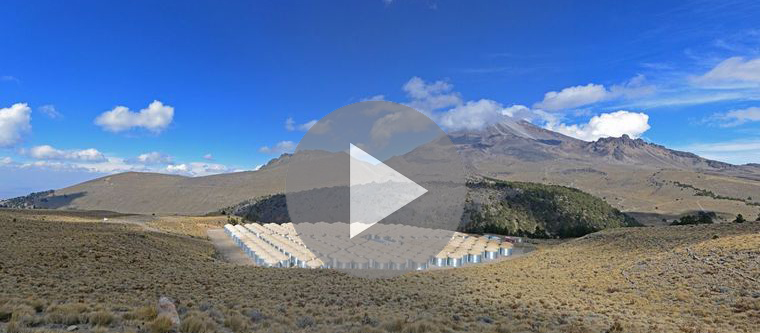Nathan Ng Named Goldwater Scholar
- Details
- Category: Department News
- Published: Wednesday, April 15 2015 22:02
Nathan Ng, who works with physics professors Paulo Bedaque, Bill Dorland and Victor Galitski, has been named a Goldwater Scholar.
Nathan Ng, who works with physics professors Paulo Bedaque, Bill Dorland and Victor Galitski, has been named a Goldwater Scholar.
An inaugural ceremony for the High Altitude Water Cherenkov (HAWC) Gamma-Ray Observatory was held on March 19-20, 2015, in México's Volcán Sierra Negra mountains. Professor Jordan Goodman is the U.S. spokesperson on the experiment, working with associate research scientist Andrew J. Smith, postdoctoral researchers Colas Rivière and Brian Baughman, and graduate student Joshua Wood.
The report describing a three-fold enhancement of the superconducting transition temperature is featured as an Editor's Suggestion in Physical Review B - Rapid Communications.
Distinguished University Professor Ellen Williams discusses her vision for the future of energy innovation with Scientific American magazine.
